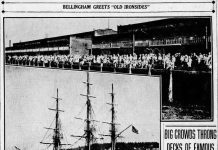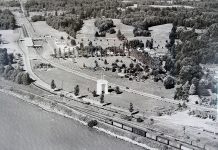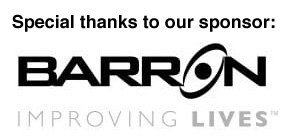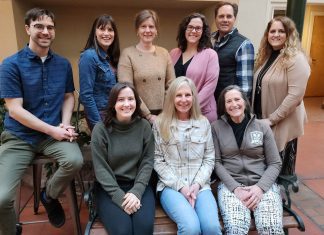In Bellingham, as in most of America, today’s customers buy produce mainly from chain grocery stores. Locals also visit farms such as Joe’s Gardens for produce, seeds, and starts. However, few know its origins among many market gardens that once supplied most of Whatcom County’s supermarkets.
Born in San Francisco in 1906, Joe Bertero learned farming while growing up in Genoa, Italy. He started Joe’s Gardens in 1933 after buying the five-acre farm from the Robertson family and running his uncle Louis Bertero’s 15-acre Iowa Street farm. Both farms started at the turn of the century. Bertero sold the farm to Carl and Karol Weston in 1984; their sons Jason and Nathan run Joe’s Gardens today.
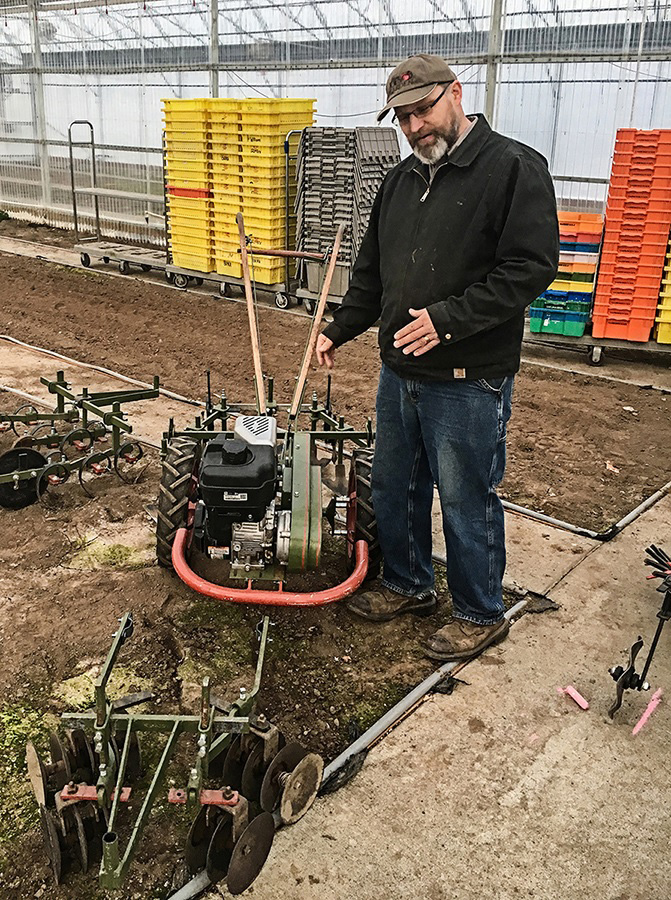
Brothers David and Harry Smith started 40-acre Smith Gardens in 1901 after arriving from Scotland in 1897. It sold produce to local farmers markets, becoming greenhouses once other market gardens became “truck farms” shipping to Seattle in the 1950s.
“Back then, the impact they had…they produced the food for the county,” says Carl Weston. “There was totally different farming back then than it is now. Everything was done by hand [and] weeded by hand. Everything was growing so close that they were able to produce a lot of food off a small piece of ground — like our five acres of ground. I bet you, in the heyday, we would produce more than these farms out in the county that have 30 acres of ground.”
The market gardens’ all-but-forgotten histories are fertile soil for discoveries of regional heritage.
Heyday for Making Hay
Bellingham’s early twentieth-century market gardeners emigrated from countries such as Italy, Germany, and Scotland. Weston recalls Richard Bellman on Kentucky Street, Lawrence and Frank Tiscornia on Lindbergh Avenue, and Tony Victor out in the county, among others.
“Back in those days, there were a lot of older Italians working the farms,” Weston says. “As a young kid, you would be out in the field, weeding or something, and they would tell us stories about the old country or where they come from…Germany and Italy and that.”

Joe Bertero sold his Iowa Street gardens, now the site of an auto dealership, due to the creek flooding. While operational, they were home to sharefarmers paid at the end of the season.
“They had a crew that lived there; a bunch of bachelors,” says Weston. “And I know they used to make five or six hundred gallons of wine a year, just through the crew.”
By the 1950s, Bertero had a truck delivery route to Seattle. He started local and cross-county deliveries from south Bellingham, as his gardens originally had no roads.
“They used to deliver by horse and wagon,” Weston says of Bellingham’s local route. “Back in those days, we didn’t have the trucks coming out of California delivering produce. It was mainly all local, and it was all in-season.”
Changing With the Seasons
Bellingham’s market gardens adapted and declined with the agriculture landscape mid-century. Some gardeners sold their land, as in Tiscornia gardens becoming Bellingham Technical College (known as Bellingham Vocational Technical Institute in 1957).

The advent of supermarkets changed the game.
“In the mid-to-late ’50s, that’s when the big supermarkets started coming into Bellingham, which drove all those small grocery stores out of business,” says Weston. “And in those days, the big grocery stores ran like public markets, where you had an individual who was the manager of the produce department. We were able to work with them, and we’d negotiate prices with them; it didn’t have to go through a corporate office.”
Weston recalls negotiating lower prices for surplus items. Stores had smaller selections at higher quantities, causing less plastic waste than today.
“You went to a grocery store in the fifties, you had maybe 20 different items,” Weston says. “You had your beets, your carrots, your radishes, your onions, your lettuces, and anything that was in season. But you go in the produce stand now, and there’s probably 500 items…we lost space in the stores from that.”
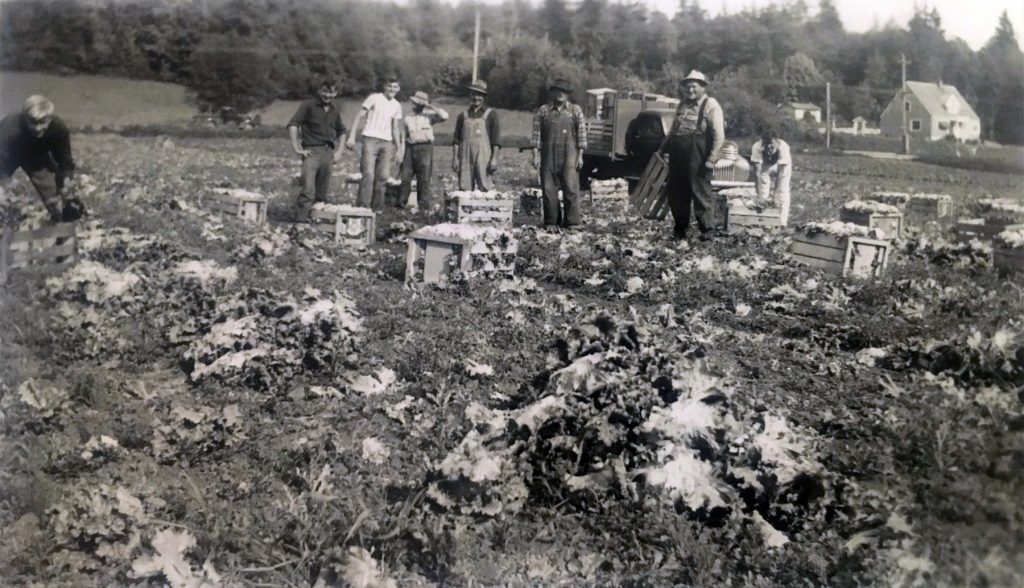
As supermarkets followed corporate decisions into the 1970s, Joe’s Gardens shifted from wholesale to retail. Bertero maintained a “house” for trucks delivering produce and canned goods to and from Seattle into the 1960s.
“All the other farms are gone,” says Weston. “I would say 90% of the people that owned the original farms, they lived into their late nineties. And so nobody wanted to take them over.”
Gardens Today
Joe Bertero lived to be 96, and the Westons named Joe’s Gardens in his honor.
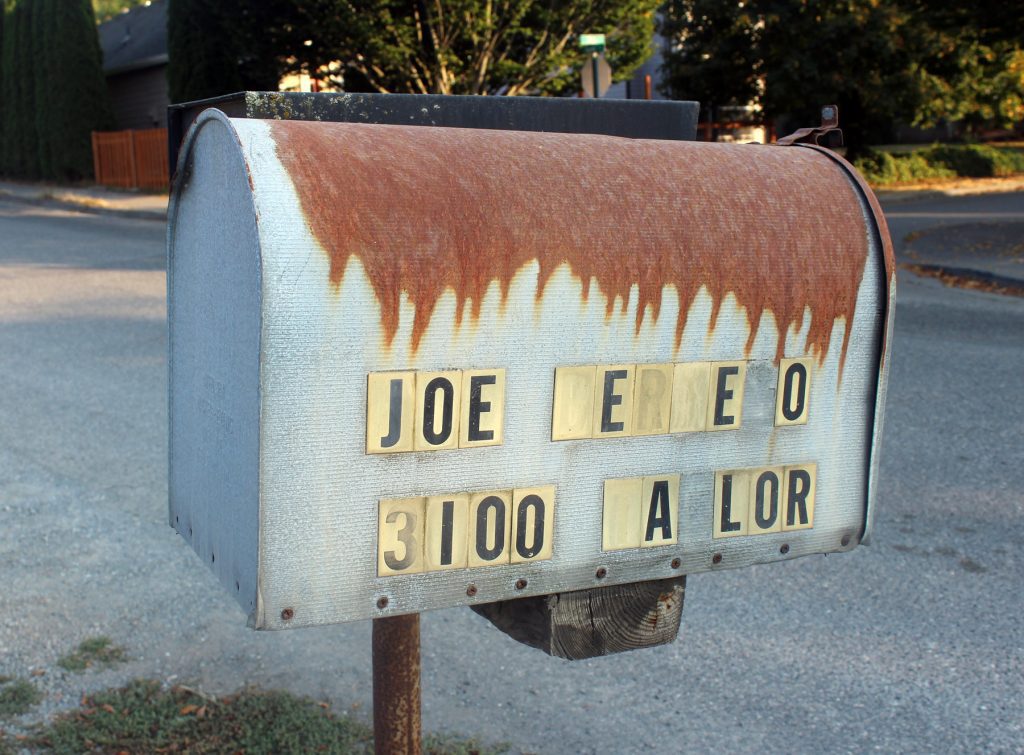
“I just wish there was a way that I could describe how we produced so much produce off a small piece of land,” Weston says. “And that’s lost. I think I’m about the last person around who was around in those days. We were really a farm back then.”
Joe’s Gardens continues to sell seasonal produce, including garlic braids descended from Joe Bertero’s original Genoa seeds. With seeds and starts going back generations, gardeners can cultivate new memories.







